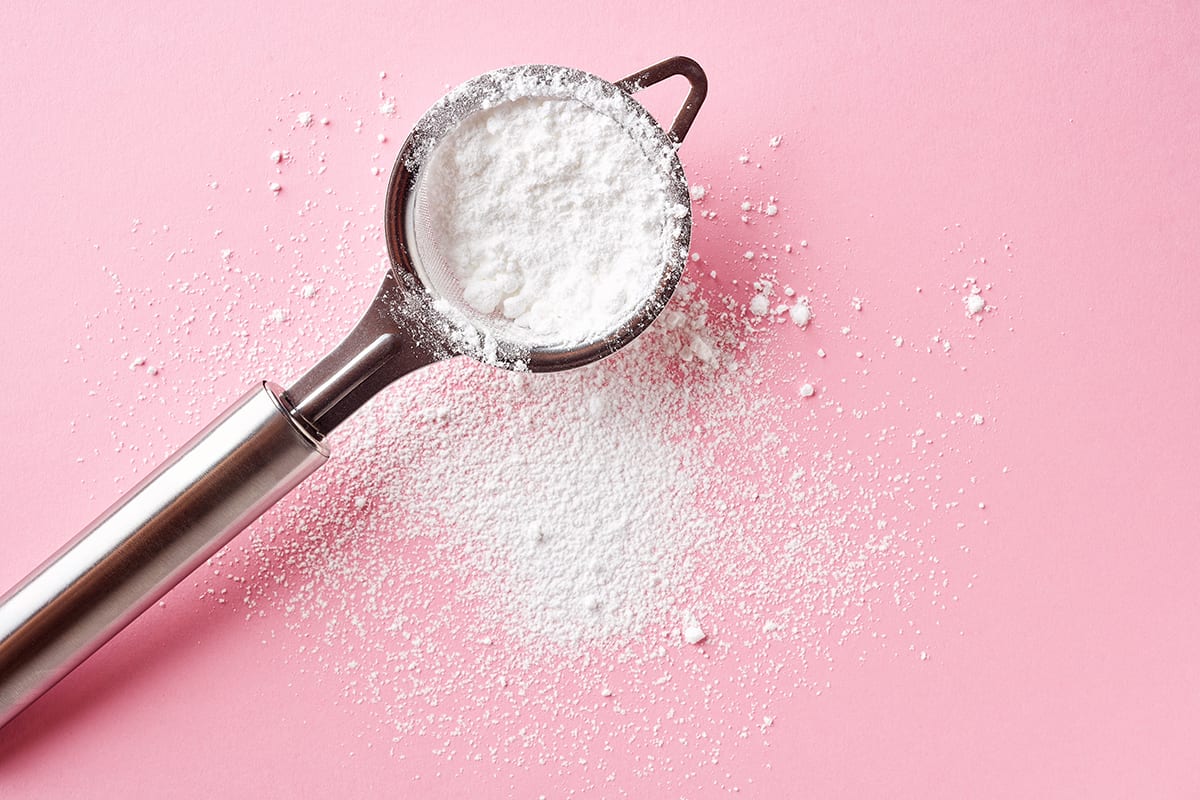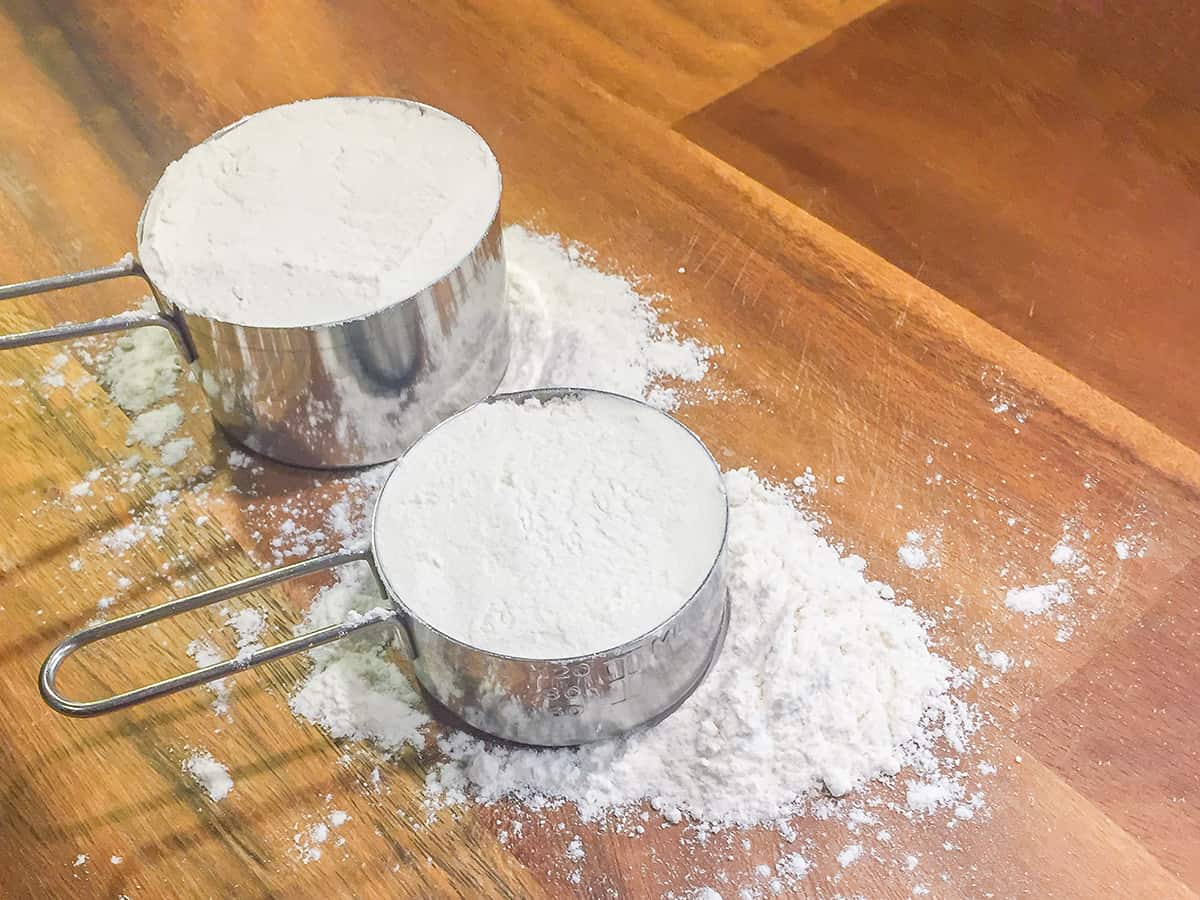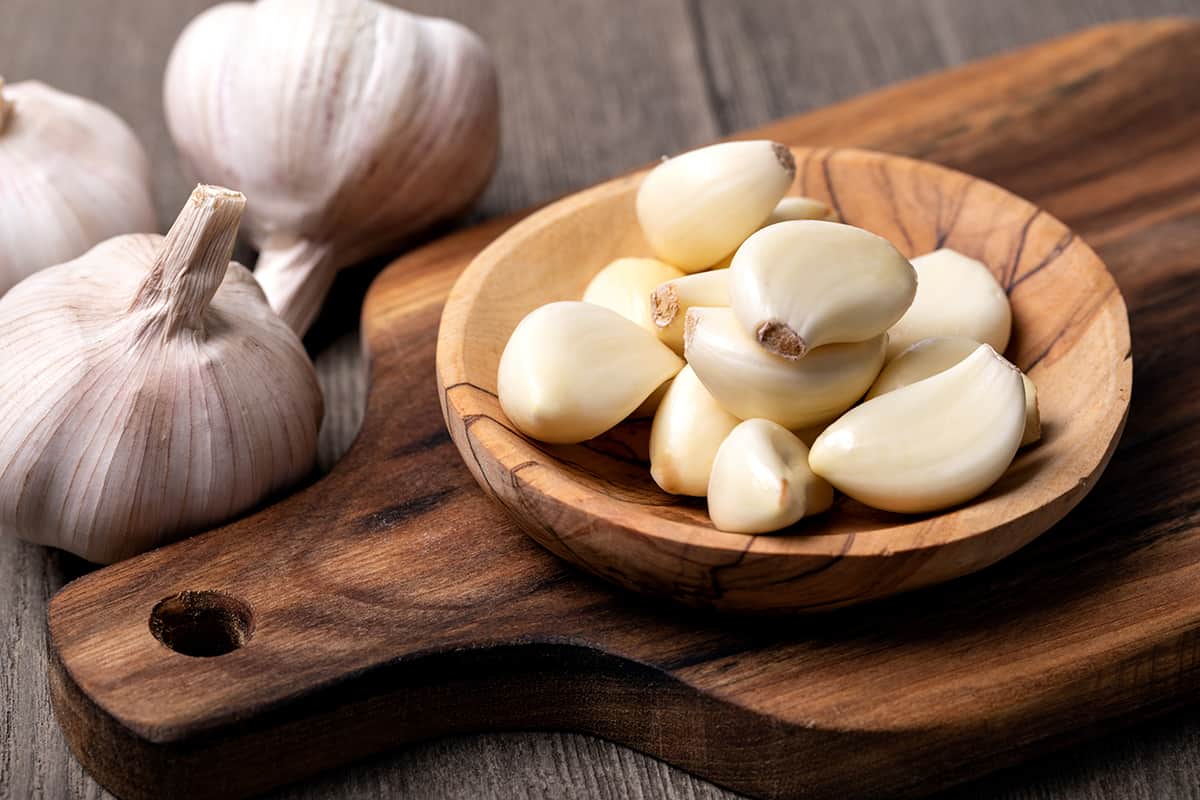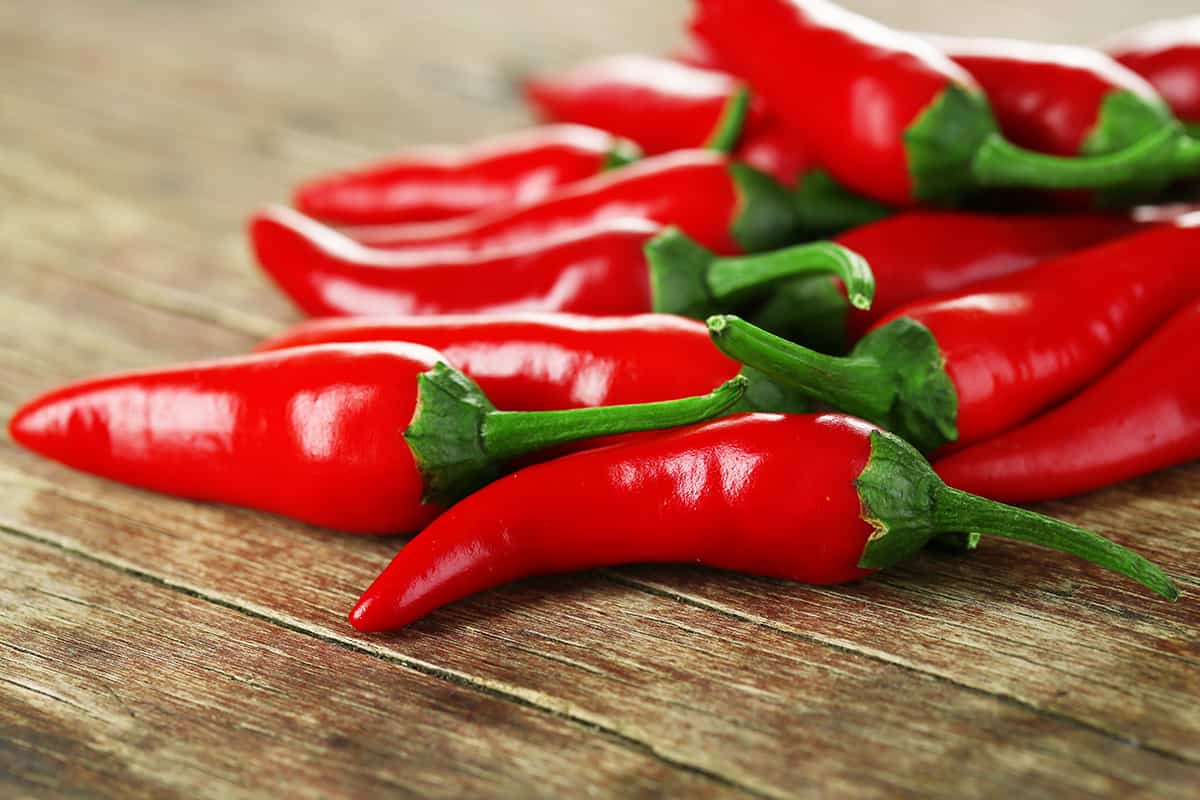Powdered sugar is one of the trickiest ingredients to use—not just because it gets everywhen when you mix it with a hand mixer, but also because its fineness makes it nearly impossible to measure. The best method of measuring ingredients is by weighing them. So, from a 1-pound bag of powdered sugar, how many cups is that?
A pound of powdered sugar consists of 3.94 cups. However, the actual cup-per-pound ratio will depend on the fineness grade of the powdered sugar.
Today, I’m going to talk about everything you should know about powdered sugar, including its conversions from volume to weight and vice versa, what fineness grades are there, whether powdered sugar goes bad or not, and how to make powdered sugar at home.
How Many Cups in a Pound of Powdered Sugar?
Trying to figure out how many cups there are in a pound of an ingredient is pretty straightforward. All you have to do is weigh 1 pound of the ingredient using a digital scale, then carefully count how many scoops with a teaspoon, tablespoon, or cup it takes to deplete the 1-pound pile.
Luckily, powdered sugar, like that made by Domino, comes in 1-pound bags, so half the work is done for us. But if you don’t have the time to manually count how many cups the bag contains, just remember that 1 cup of powdered sugar is the same as 115 grams or 4.06 ounces. With 16 ounces in a pound, we can calculate the cup volume per pound of powdered sugar in this way:
- 1 pound = 16 ounces
- 1 cup of powdered sugar = 4.06 ounces
- 1 pound = 16 ÷ 4.06 ounces = 3.94 cups of powdered sugar
Powdered Sugar Fineness Grades
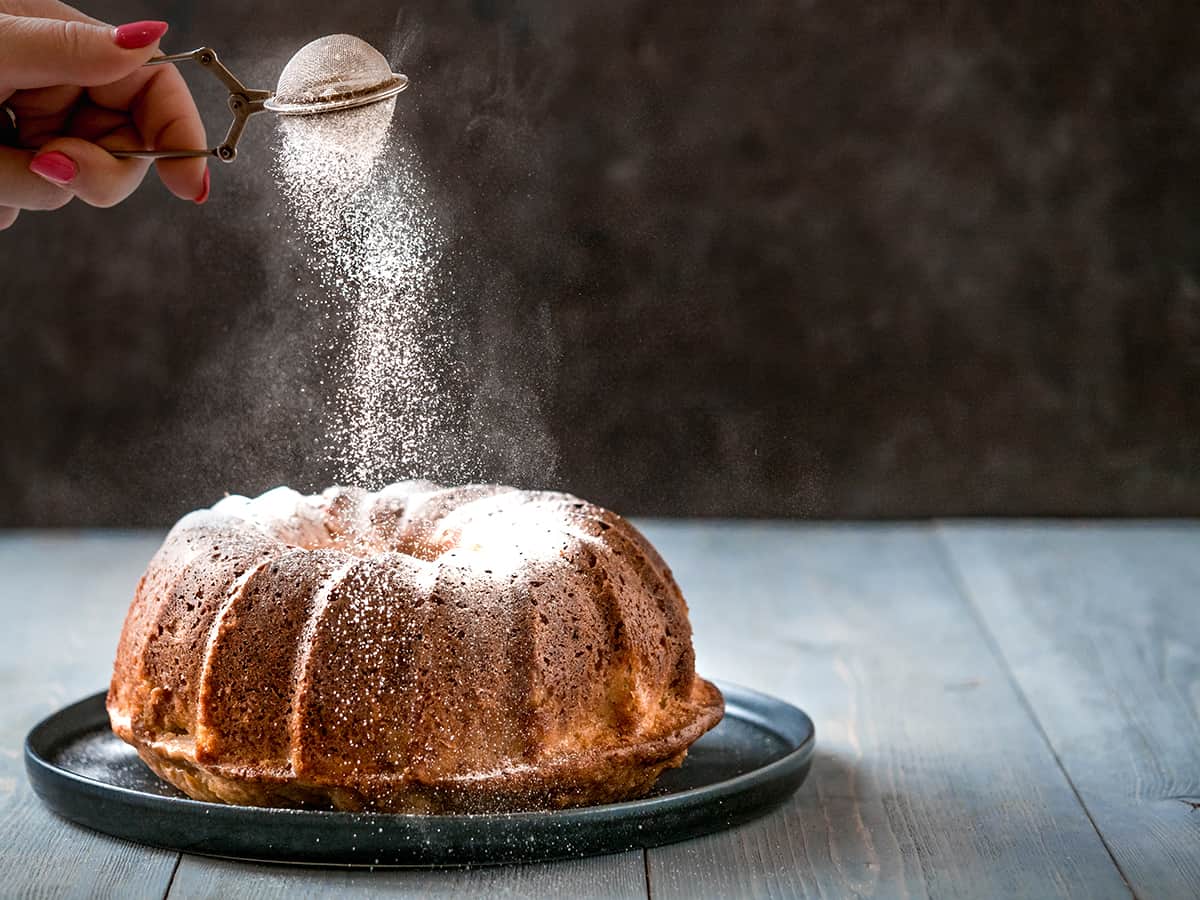
When you look at different powdered sugar packages, you might notice writing that reads “XXX”, “XXXX”, or “10-X” grades. So, what do these ratings mean?
To put it simply, the more X’s there are, the finer the individual powdered sugar crystals will be. During the manufacturing process, powdered sugar is crushed and milled multiple times to produce super-fine sugar crystals. The X-count refers to how many times a batch of sugar has been milled.
You should also know that powdered sugar contains trace amounts of cornstarch or other anti-caking agents. As such, you should not use powdered sugar as a direct sweetener substitute for sugar, maple syrup, and honey in beverages since the cornstarch content can slightly thicken your drink.
Due to the difference in fineness between powdered sugar grades, the overall volume per pound can differ marginally. For instance, XXX powdered sugar may measure closer to 3-1/2 cups per 1-pound bag, whereas 10-X powdered sugar is roughly 3.94 cups per pound.
Powdered Sugar—Weight and Volume Conversion Table
Weight-to-Volume Table
First, let’s take a look at the weight-to-volume conversions of powdered sugar. The following figures are based on 10-X powdered sugar.
| Powdered Sugar Weight | In Cups | In Tablespoons |
| 1/8 lbs. | 0.4925 | 7.88 |
| ¼ lbs. | 0.985 | 15.76 |
| 1/3 lbs. | 1.313 | 21.013 |
| ½ lbs. | 1.97 | 31.52 |
| 2/3 lbs. | 2.627 | 42.027 |
| ¾ lbs. | 2.955 | 47.28 |
| 1 lb. | 3.94 | 63.04 |
| 1-1/2 lbs. | 5.91 | 94.56 |
| 2 lbs. | 7.88 | 126.08 |
| 3 lbs. | 11.82 | 189.12 |
| 4 lbs. | 15.76 | 252.16 |
| 5 lbs. | 19.7 | 315.2 |
| 10 lbs. | 39.4 | 630.4 |
| 20 lbs. | 78.8 | 1,260.8 |
Volume-to-Weight Table
The following table will describe how many pounds, ounces, and grams you will get from different powdered sugar volumes.
| Powdered Sugar Volume | In Pounds | In Ounces | In Grams |
| 1 tsp | 0.005 | 0.08 | 2 |
| 2 tsp | 0.011 | 0.17 | 5 |
| 1 tbsp | 0.016 | 0.25 | 7 |
| 2 tbsp | 0.63 | 1.02 | 17 |
| 4 tbsp | 0.127 | 2.03 | 29 |
| 8 tbsp | 0.254 | 2.03 | 58 |
| 1 cup | 0.254 | 4.06 | 115 |
| 1-1/2 cups | 0.381 | 6.09 | 173 |
| 2 cups | 0.508 | 8.12 | 230 |
| 3 cups | 0.761 | 12.18 | 345 |
| 4 cups | 1.015 | 16.24 | 460 |
| 5 cups | 1.269 | 20.30 | 576 |
| 10 cups | 2.538 | 40.6 | 1,151 |
| 20 cups | 5.075 | 81.2 | 2,302 |
Does Powdered Sugar Expire?

For those that purchased a pound of powdered sugar and have no idea what to do with it, I have good news for you: it won’t go bad! So, you can get a bag of it today and use it to dust a cake a year from now!
If it doesn’t expire, what about the best-before date? The reason it’s there is partially due to the fact that consumers don’t trust products without one.
How to Stop Powdered Sugar from Clumping Up
While powdered sugar doesn’t expire, there is one major problem with it: it clumps up. When exposed to water and airborne moisture, the fine crystals may join together to form one huge ball that’s hard to break and will take time to dissolve. The sugar clumps aren’t a sign of “bad” powdered sugar, but they are a headache to deal with.
The best way you can stop powdered sugar from clumping up is by transferring it to an airtight container. Make sure you keep the lid on tight whenever it’s not in use. That way, air, and vapor won’t have a chance to seep into the pile of sugar and form hardened balls.
How to Make Powdered Sugar at Home

To make powdered sugar, here’s what you’ll need:
- A powerful blender with ultra-sharp blades, such as the Vitamix 5200
- 1 cup of sugar
- 1 tablespoon of cornstarch
- 1 fine sift
Remember: the cornstarch serves as an anti-caking agent, and it also helps prevent clumps from forming. The formula above shows that for every 16 parts of sugar, you should add 1 part of cornstarch.
Now, this is how you make powdered sugar:
- Add 1 cup of sugar into a clean, dry blender bowl.
- Add 1 tablespoon of sugar into the blender bowl.
- Pulse the mixture for around 3 minutes at 20-second intervals while pausing 10 seconds between intervals.
- Check the fineness of the powdered sugar and determine whether or not you want a finer texture.
- If you want finer powdered sugar, continue blending at 20-second intervals and check the fineness between intervals.
- Pour the powdered sugar into a fine sift and remove the large crystals.
- Place the large crystals back in the blender and continue blending at 20-second intervals until they’re as fine as you like.
